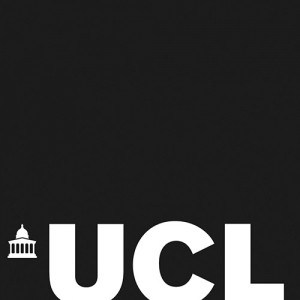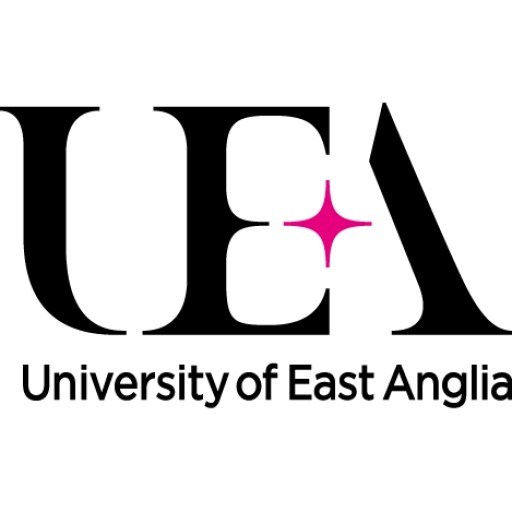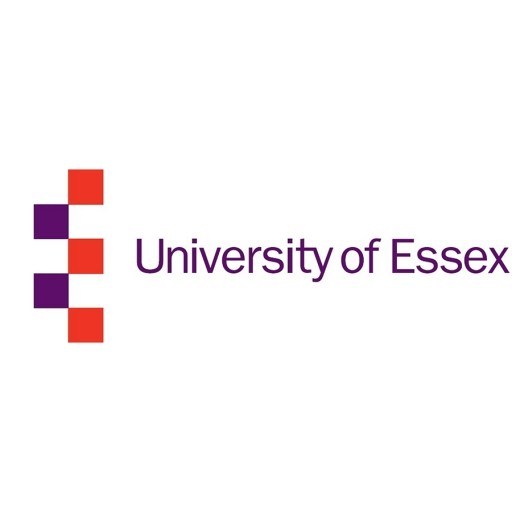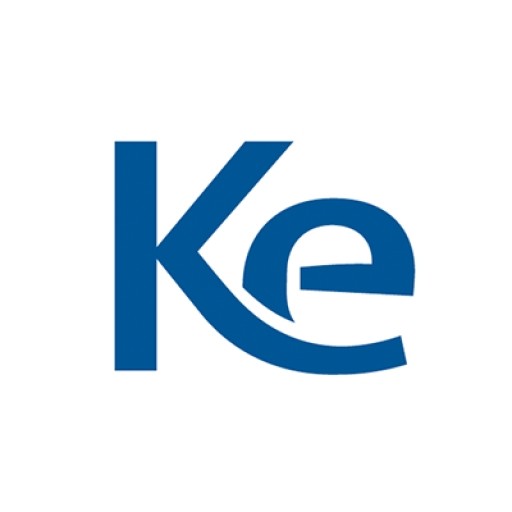Photos of university / #ucl
History of Art with Material Studies at University College London is an innovative and interdisciplinary undergraduate programme designed to provide students with a comprehensive understanding of the history of art, architecture, and material culture from ancient to contemporary times. This programme offers a unique combination of traditional art historical analysis and hands-on material studies, enabling students to critically examine artworks within their cultural, social, and technological contexts while gaining practical skills in the analysis and conservation of artistic materials. Throughout the programme, students will explore diverse topics such as classical art, medieval and renaissance art, modern and contemporary movements, and the role of materials and techniques in artistic creation. The curriculum emphasizes the importance of materiality in shaping the meaning and significance of artworks, encouraging an integrated approach that bridges theory and practice. Students will have opportunities to engage with real artworks and archaeological objects, participate in practical workshops, and undertake research projects that develop their analytical and problem-solving skills. The programme is designed to prepare graduates for careers in museums, galleries, conservation labs, academic research, curation, and cultural heritage management. Taught by leading scholars and conservators, the programme combines lectures, seminars, practical sessions, and field visits to provide a stimulating learning environment. Students will also benefit from UCL’s extensive resources, including world-class collections, libraries, and research centers dedicated to art history and material studies. The programme fosters critical thinking, cultural awareness, and innovative approaches to understanding the visual arts through time. Graduates will leave with a deep, nuanced knowledge of art history paired with practical expertise in material analysis, positioning them well for diverse careers in the arts and heritage sectors or further postgraduate study. This integrated approach ensures that students are not only well-versed in the theoretical aspects of art history but also equipped with tangible skills that are highly valued in today’s cultural and creative industries.
In each year of your degree you will take a number of individual modules, normally valued at 0.5 or 1.0 credits, adding up to a total of 4.0 credits for the year. Modules are assessed in the academic year in which they are taken. The balance of compulsory and optional modules varies from programme to programme and year to year. A 1.0 credit is considered equivalent to 15 credits in the European Credit Transfer System (ECTS).
The programme begins with introductory modules in History of Art and its Objects and a foundation module in history of art, together with thematic seminars. You will also take a basic science module for non-scientists and a Methods and Materials of Artists module, which will introduce you to the major classes of materials found within museum collections, and address their application as artists' materials.
Modules in the second year delve deeper into the technical aspects of art. These may include History, Theory, and Practice of Conservation; and Methods and Materials II.
In the final year, all students write a research project dissertation of approximately 10,000 words. This must have a technical element, combined with art historical research. The Art/Work/Spaces module enables you to gain practical work experience outside the department while writing an independent research project reflecting critically on this experience.
You may also take modules from outside History of Art in departments such as Anthropology, Archaeology, Architecture, Chemistry, Earth Sciences, or History, with the agreement of the department concerned and your course tutors.
A levels
Grades
AAA-ABB
Subjects
No specific subjects, though essay-based subjects are an advantage.
GCSEs
English Language at grade B, plus Mathematics at grade C. For UK-based students a foreign language at grade B is required.
IB Diploma
Points
34-38
Subjects
A score of 16-17 points in three higher level subjects, with no score lower than 5. A minimum of grade 4 is required at standard level in a modern language.
Funding options for the History of Art with Material Studies program at University College London include a variety of scholarships, bursaries, and financial aid schemes. Prospective students are encouraged to explore internal and external funding sources early in their application process. UCL offers several prestigious scholarships such as the UCL Graduate Research Scholarships, which are available to outstanding postgraduate applicants and cover tuition fees partially or in full, along with a maintenance stipend. Additionally, the UCL Financial Assistance Office provides guidance on bursaries and loan schemes, including the UK government’s loan programs for eligible students. International students can access specific scholarships such as the UCL International Hardship Fund, designed to support those facing financial difficulties. Many students finance their studies through a combination of personal savings, part-time employment, and external funding sources, including government scholarships from their home country or international organizations. The university also recommends applying for funding from external bodies, such as arts foundations and heritage organizations, which sometimes offer grants for students engaged in art history, material studies, or related research. Furthermore, students enrolled in the program are eligible to participate in UCL’s various work opportunities, such as research assistantships and teaching assistantships, which can help offset tuition fees and living expenses. UCL’s financial planning advisors are available to guide students in devising comprehensive funding strategies tailored to their individual circumstances. Most funding opportunities require early application and specific documentation, so students are advised to review eligibility criteria and deadlines carefully. In conclusion, while the cost of studying may be substantial, a wide array of financial aid options are accessible to support students pursuing a degree in the History of Art with Material Studies at UCL, enabling a broad demographic of students to benefit from this highly regarded program.
The History of Art with Material Studies program at University College London (UCL) offers a comprehensive interdisciplinary education that combines the analysis of historical art and visual culture with the practical investigation of materials and techniques used in art creation. This program is designed to provide students with a robust understanding of the historical context of artworks, their cultural significance, and the material properties that influence their conservation and interpretation. Students engage with a variety of analytical methods, including scientific examination, technical analysis, and contextual history, equipping them with diverse skills applicable in museums, galleries, conservation, and academia. The curriculum typically includes core modules on art history fundamentals, technical art history, and material culture, along with options for specialization in specific periods, regions, or artistic media. UCL's cutting-edge facilities, such as dedicated laboratories for material analysis, enable students to gain hands-on experience in conservation science, imaging techniques, and material identification. The program emphasizes the importance of an interdisciplinary approach, encouraging students to integrate insights from history, archaeology, chemistry, and materials science to deepen their understanding of artworks. Graduates of this program often pursue careers in cultural heritage management, conservation laboratories, curating, academic research, and art appraisal. The teaching staff includes leading scholars and conservation scientists committed to providing a balanced education that combines theoretical knowledge with practical skills. The program also promotes research opportunities through internships, fieldwork, and collaborations with museums and institutions, fostering professional development and networking within the arts and heritage sectors. Overall, the History of Art with Material Studies at UCL is an innovative program that prepares students for diverse careers by blending traditional art historical knowledge with scientific investigation and practical conservation skills, making it an ideal choice for those interested in the scientific and material aspects of art and museum work.



